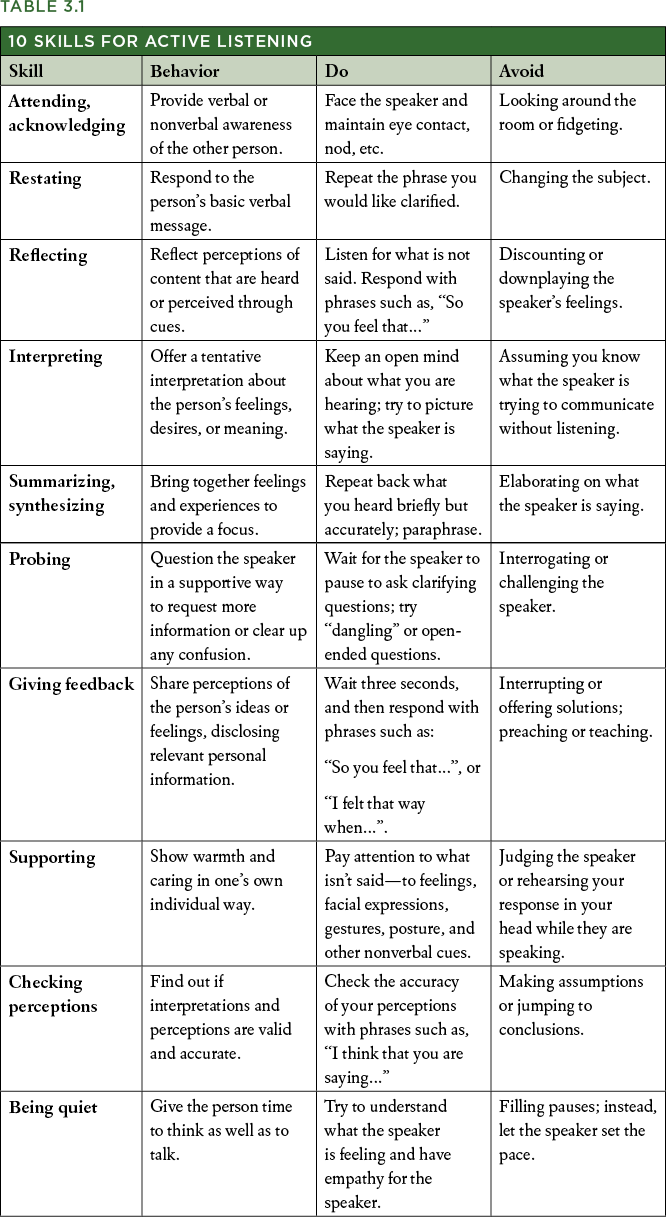


Audiologists recommend wearing your device for 10+ hours each day.

The worksheet describes skills for each step, such as using verbal and nonverbal cues and asking open-ended questions. The Active Listening worksheet breaks the communication skill into three steps: show you’re listening, encourage sharing, and strive to understand. Here are some helpful tips to keep in mind as you get started: An active listener is a participant in a conversationnot just an audience. You can develop your listening skills through practice activities, hearing exercises, and real-world listening games that help your brain learn to process sound with your hearing device.
#Active listening exercises for singers how to
Read on to learn how to get the most out of your active listening sessions and what exactly to listen for. For maximum benefit, active listening should be a regular practice in every musician’s life. Whether you are at work or in a social situation, aural rehabilitation can help you make the most of your hearing so that you can engage in conversations, talk on the phone, or enjoy your favorite music. If active learning is generally understood as any pedagogical approach that engages students in the learning process and requires students to do meaningful learning activities and think about what they are doing in the context of the classroom, then active listening similarly requires students to engage with and think about what they hear. It trains us to not only enjoy music, but to listen to it with a critical ear, identify elements we like, and use them to inspire our own sound.


 0 kommentar(er)
0 kommentar(er)
